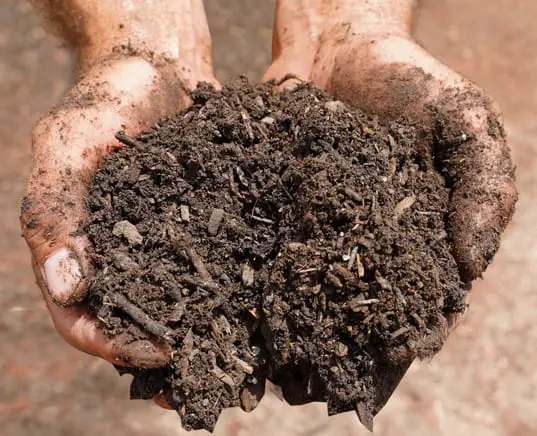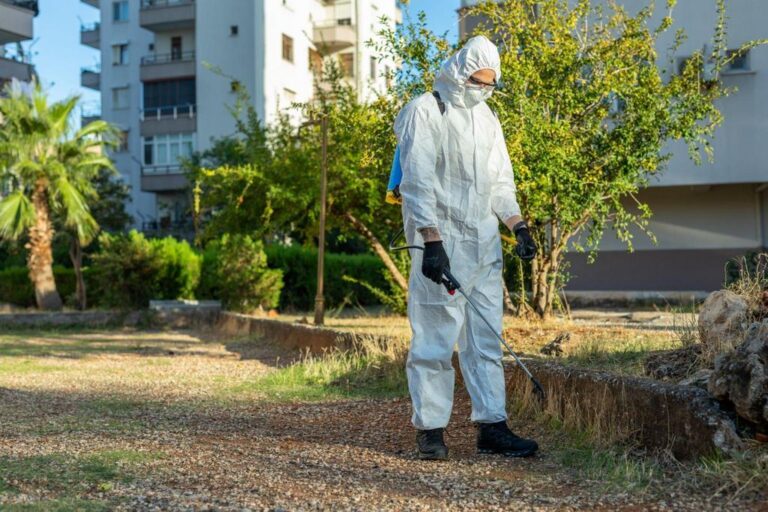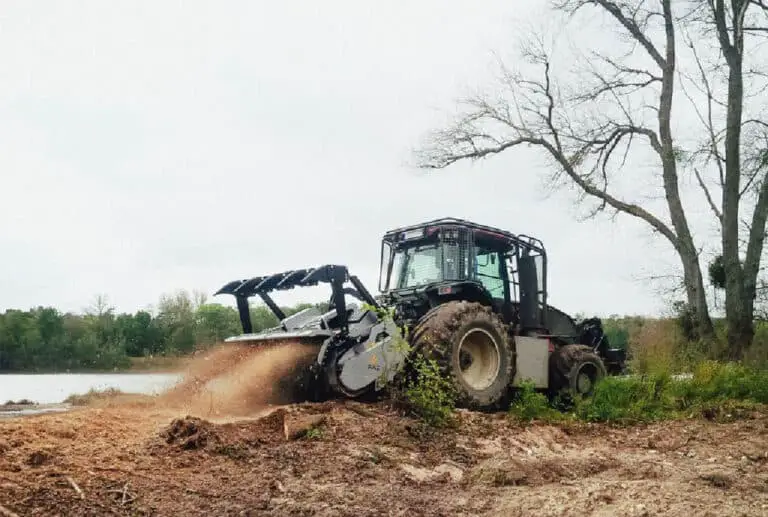Is Black Cotton Soil Good for Construction? Properties, Pros and Cons
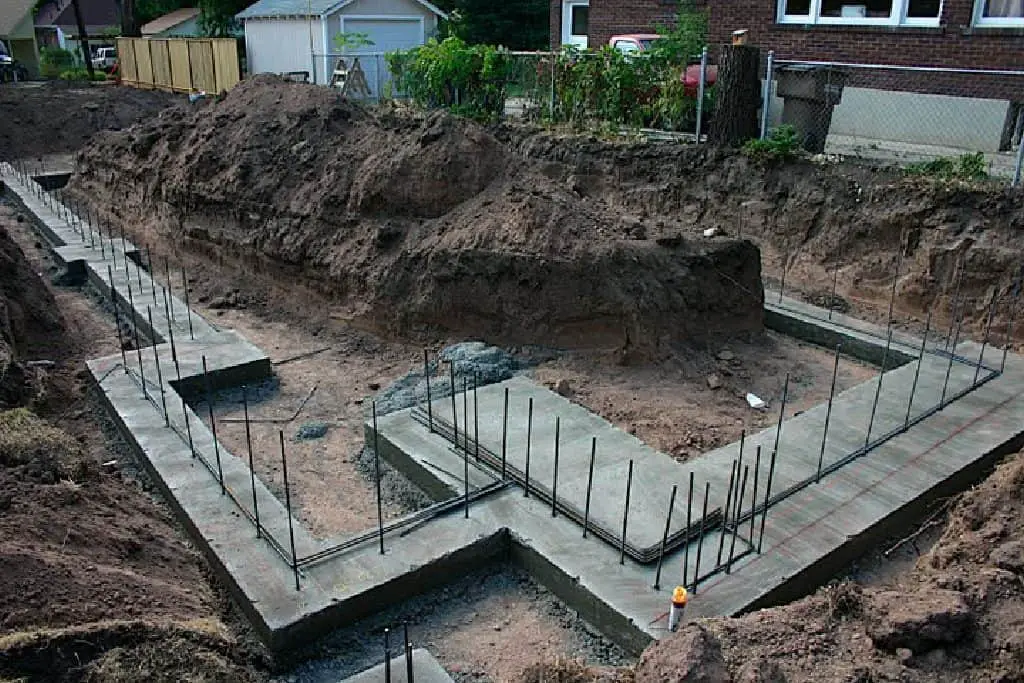
Welcome to the world of construction, where architects and engineers bring magnificent structures to life. However, amidst the excitement of erecting towering buildings and sprawling infrastructure, lies a formidable challenge—black cotton soil. This mysterious soil type, with its enigmatic behavior, can be a construction project’s worst nightmare. Its tendency to swell and shrink unpredictably with changing moisture levels has left many builders scratching their heads.
But fear not, for we have the key to unlocking the secrets of stabilizing black cotton soil! In this article, we will delve into the realm of construction magic, where science and ingenuity converge to tame this unruly soil. Prepare to learn the art of soil compaction, the science of chemical stabilization, and the wonders of geosynthetics. Along the way, we will share expert tips and best practices to ensure your structures stand tall and firm on even the most challenging grounds.
So, fasten your seatbelts, and let’s embark on this journey of unraveling the mysteries of stabilizing black cotton soil for construction greatness!
Introduction to Black Cotton Soil Properties
Black cotton soil is a type of expansive clay soil that is prevalent in various regions around the world. It gets its name from its dark color and the fact that it behaves like cotton fabric – it swells when wet and shrinks when dry. This soil is highly plastic, which means it can be molded when moist, but becomes hard and resistant when dry.
Black cotton soil presents significant challenges for construction projects due to its tendency to undergo volume changes with changes in moisture content. This can lead to foundation movement, cracks in structures, and damage to infrastructure, posing risks to the stability and durability of the construction.
To ensure the success and longevity of construction projects on black cotton soil, proper stabilization techniques are essential. Stabilization helps improve the soil’s engineering properties, making it more suitable for construction and reducing the risks associated with its natural behavior.
Is Black Cotton Soil Good for Construction?
Ah, the question of whether black cotton soil is a reliable ally in the world of construction. Buckle up, because this is a tale of strengths and challenges that’s worth exploring. Let’s lay down the bricks and mortar of understanding.
| Pros of Using Black Cotton Soil in Construction | Cons of Using Black Cotton Soil in Construction |
| Natural availability | Shrink-swell behavior |
| Good load-bearing capacity | Susceptible to cracking |
| Can be stabilized for foundations | Difficulty in compaction |
First off, the good news. Black cotton soil does have some construction-worthy qualities up its sleeve. It boasts a solid load-bearing capacity, making it suitable for foundations and structures. When compacted correctly, it can hold its own against the weight of buildings and roads. Plus, it’s readily available in areas where it naturally occurs, saving transportation costs.
But hold on, there’s a twist. Black cotton soil is a bit like a chameleon – it changes with the weather. When wet, it swells, and when dry, it shrinks. This “shrink-swell” behavior can put a spanner in the construction works. It might lead to uneven settling, cracks, and general structural instability if not managed carefully.
| Key Considerations for Construction with Black Cotton Soil |
| Proper moisture control |
| Effective compaction techniques |
| Stabilization methods |
The bottom line? Black cotton soil can be a construction comrade, but it requires some know-how to play nice. With proper moisture control, smart compaction techniques, and stabilization methods, it can transform from a potentially troublesome player into a valuable asset on your construction team. Just remember, a little understanding of its quirks goes a long way in turning this intriguing soil into a reliable construction companion.
Common Problems Caused by Unstable Black Cotton Soil
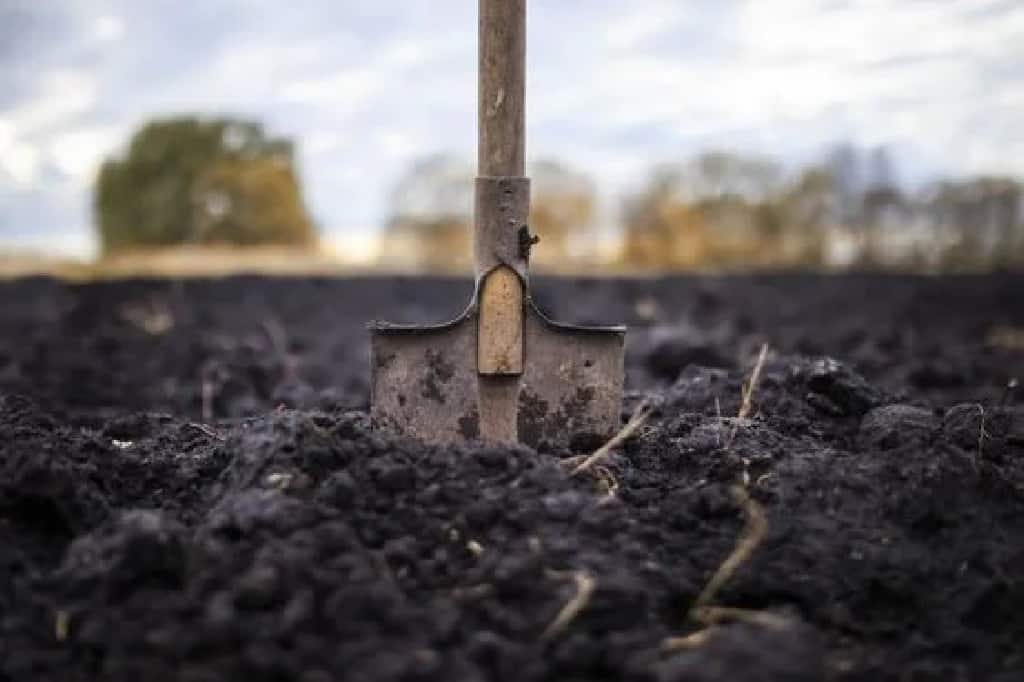
If black cotton soil is left untreated during construction, it can lead to a host of issues, including:
- Foundation Failures: The uneven swelling and shrinking of black cotton soil can exert tremendous pressure on building foundations, leading to cracks and structural instability.
- Road and Pavement Damage: Black cotton soil’s unpredictable behavior can cause roads and pavements to crack and develop potholes, making transportation challenging.
- Structural Damage: Buildings and other structures constructed on unstable black cotton soil may suffer from structural damage over time, requiring costly repairs and renovations.
- Water Drainage Problems: The soil’s swelling nature can obstruct proper drainage, leading to waterlogging and erosion issues.
Effective Techniques for Black Cotton Soil Stabilization
1. Mechanical Stabilization
Mechanical stabilization involves modifying the soil’s properties using mechanical means. Some common mechanical stabilization techniques include:
| Technique | Description |
| Soil Compaction | Proper compaction reduces air voids in the soil, increasing its density and load-bearing capacity. |
| Vibroflotation | Vibrating probes are used to compact the soil, making it denser and less susceptible to moisture changes. |
| Preloading | The soil is preloaded with a surcharge weight for an extended period, allowing it to settle and compress before construction. |
2. Chemical Stabilization
Chemical stabilization involves the addition of chemical agents to alter the soil’s properties. Common chemical stabilization methods include:
| Technique | Description |
| Lime Stabilization | Lime is added to the soil to improve its plasticity, reduce swell potential, and enhance load-bearing capacity. |
| Cement Stabilization | Cement is mixed with the soil to increase its strength, reduce volume changes, and improve durability. |
| Bitumen Stabilization | Bitumen is used to modify the soil, making it more resistant to water penetration and volume changes. |
3. Geosynthetic Stabilization
Geosynthetics have become an increasingly popular solution for stabilizing black cotton soil. Different types of geosynthetics are employed, including:
- Geogrids: Geogrids are high-strength, flexible materials made of polymers or fiberglass. When placed within the soil, they act as reinforcement, distributing the load and reducing the potential for soil movement.
- Geotextiles: Geotextiles are permeable fabrics that allow water to pass through while providing separation, filtration, and reinforcement functions. When used in black cotton soil, they improve drainage and prevent the intermixing of different soil layers.
Geosynthetics are installed through various techniques, such as laying them directly on the soil surface or incorporating them within the soil layers during construction. The benefits of using geosynthetics include improved soil stability, reduced maintenance, and cost-effectiveness over the project’s lifespan.
4. Moisture Control
Controlling the moisture content of black cotton soil is crucial for stabilization. Measures to manage moisture include proper drainage systems, using moisture barriers, and applying soil amendments to regulate moisture levels effectively.
Taming the wild nature of black cotton soil might seem like a daunting task, but fear not – moisture control techniques are here to save the day and stabilize this enigmatic earth. Imagine turning a finicky friend into a reliable companion for your gardening adventures. Let’s dive into the toolbox of techniques that make this transformation possible.
- Mulching Magic: Think of mulch as a cozy blanket for the soil. Covering the ground with organic materials like straw, leaves, or wood chips helps regulate moisture. It shields the soil from direct sun, preventing rapid evaporation, and acts as a barrier against heavy rain, reducing erosion risks.
- Terrific Tilling: Timely tillage is like a well-choreographed dance. By tilling the soil when it’s moist but not waterlogged, you break up clumps, making it easier for water to infiltrate. Just remember, over-tilling can disrupt the soil’s structure, so finding the right balance is key.
- Cover Crop Champions: Plant cover crops like legumes or grasses during the off-season. These green superheroes hold the soil together, preventing erosion. When they’re tilled under, they enrich the soil with organic matter, enhancing its water-holding capacity.
| Moisture Control Techniques | Benefits |
| Mulching | Reduces evaporation and erosion |
| Terrific Tilling | Improves water infiltration |
| Cover Crop Champions | Prevents erosion and enriches soil |
Other Additives for Black Cotton Soil Stabilization
In addition to lime and cement, other additives can be used to stabilize black cotton soil effectively. These additives include:
- Fly Ash: Fly ash, a byproduct of coal-fired power plants, can be mixed with black cotton soil to improve its engineering properties. It reacts with the soil to create a pozzolanic reaction, enhancing strength and reducing the soil’s plasticity.
- Bitumen: Bitumen is commonly used in road construction, but it can also be employed for stabilizing black cotton soil. When mixed with the soil, bitumen forms a water-resistant layer, reducing the soil’s susceptibility to moisture-related volume changes.
- Pozzolanic Materials: Pozzolanic materials, such as silica fume and rice husk ash, have cementitious properties when mixed with lime or cement. They can enhance the stabilization process and improve the overall strength of the soil.
When using these additives, it’s essential to assess their compatibility with the specific black cotton soil and understand their long-term environmental impact.
Best Practices for Black Cotton Soil Stabilization
- Site Investigation: Conduct a thorough site investigation to assess the extent and characteristics of black cotton soil. This information will help determine the most suitable stabilization techniques.
- Choose the Appropriate Stabilization Technique: Select the appropriate stabilization method based on the soil investigation results and the specific requirements of the project.
- Testing and Quality Control: Regularly test and monitor the soil during and after stabilization to ensure that it meets the desired engineering properties.
- Gradual Construction: If possible, implement a phased construction approach to allow the stabilized soil to settle and adjust gradually.
- Expert Consultation: Seek advice from geotechnical engineers or soil stabilization experts to ensure the best outcomes for the project.
Case Studies: Successful Construction Projects with Stabilized Black Cotton Soil
Several real-world construction projects have effectively used stabilized black cotton soil. These case studies highlight the challenges faced during the construction process and how different stabilization methods addressed them:
| Project Name | Stabilization Method | Challenges Addressed |
| High-Rise Building | Cement Stabilization | Soil Swelling and Foundation Settlement |
| Highway Expansion | Lime Stabilization | Shrinkage-Induced Cracks in Pavement |
| Bridge Construction | Geosynthetics | Erosion Control and Soil Reinforcement |
From these case studies, valuable lessons have been learned, and best practices have emerged for future construction projects on black cotton soil. Proper soil testing, suitable stabilization method selection, and regular quality control are essential for success.
Conclusion
Stabilizing black cotton soil for construction is essential to prevent potential damages and ensure the longevity of structures. By employing suitable stabilization techniques, such as mechanical, chemical, and geosynthetic methods, and managing moisture effectively, engineers and construction professionals can overcome the challenges posed by black cotton soil. Prioritizing site investigation and expert consultation will further contribute to successful soil stabilization projects. Remember, a stable foundation is the key to a safe and long-lasting structure.
So, the next time you encounter black cotton soil on your construction site, don’t let its tricky nature discourage you. Armed with the knowledge and techniques discussed in this article, you can confidently stabilize this challenging soil type and pave the way for successful construction projects.
FAQs on Black Cotton Soil for Construction
What are the problems with black cotton soil for construction?
Black cotton soil poses significant challenges due to its high clay content, leading to unpredictable volume changes with moisture fluctuations. It can cause foundation failures, road damages, and structural issues, making it unsuitable for construction without stabilization.
How do you stabilize black cotton soil?
Black cotton soil can be stabilized using various techniques: mechanical (compaction, vibroflotation, preloading), chemical (lime, cement, bitumen), and geosynthetic. Proper moisture control is crucial during stabilization to achieve a stable foundation.
Can lime be used to stabilize black cotton soil?
Yes, lime stabilization is a common technique for black cotton soil. Lime is added to improve its plasticity, reduce swelling potential, and enhance load-bearing capacity, creating a stable base for construction.
What is the role of cement in stabilizing black cotton soil?
Cement is used to stabilize black cotton soil by increasing its strength, reducing volume changes, and enhancing durability. The mixture of cement and soil creates a solid, stable foundation suitable for construction.
Are there any eco-friendly methods to stabilize black cotton soil?
Yes, eco-friendly methods include using natural stabilizers like fly ash, rice husk ash, or bio-enzymes. These alternatives reduce the environmental impact while effectively stabilizing black cotton soil.
Is black cotton soil suitable for construction without stabilization?
No, black cotton soil is not suitable for construction without stabilization. Its unpredictable behavior with changing moisture levels can lead to severe damage and structural instability.
Are there any specific safety precautions to consider during stabilization?
During stabilization, it’s crucial to follow safety guidelines for handling construction equipment and chemical additives. Proper safety gear, site monitoring, and expert consultation are essential to ensuring a secure construction process.
How does the cost of stabilizing black cotton soil compare to using other types of soil?
The cost of stabilizing black cotton soil can be higher compared to using more stable soil types. However, having a strong and long-lasting foundation for construction projects justifies the expense.
Can black cotton soil be used in road construction after stabilization?
Yes, after proper stabilization, black cotton soil can be used in road construction. Stabilization techniques improve its load-bearing capacity and reduce volume changes, making it suitable for road building.
Are there any long-term maintenance requirements for stabilized black cotton soil?
Stabilized black cotton soil may require periodic monitoring and maintenance, especially in areas with extreme weather conditions. Regular inspections and timely repairs can ensure the continued stability and longevity of the constructed structures.

